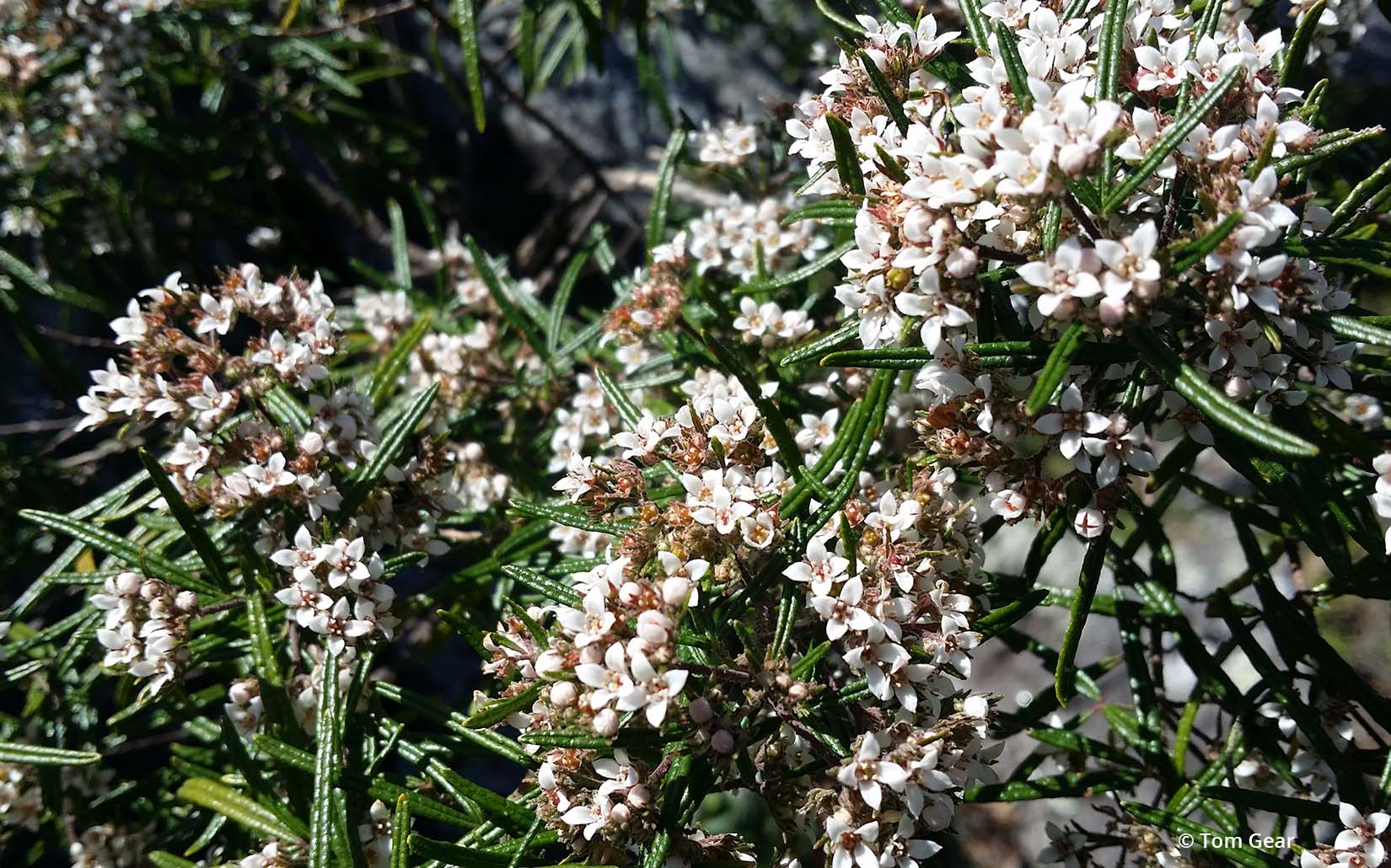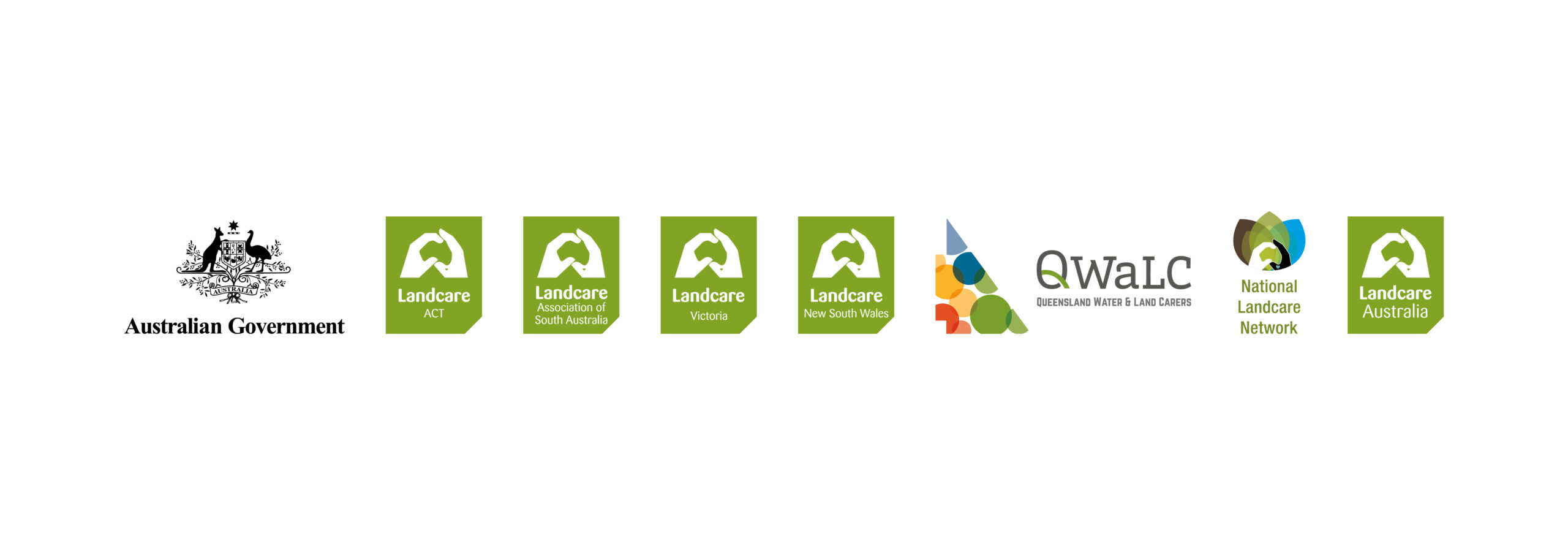Luskintyre Landcare member John Schultz has seen a great deal of change occur in Maitland in his lifetime, but the changes that have occurred over the last three years have impacted the landscape and local environment in a dramatic way not seen previously.
Drought, bushfires, floods and growing urbanisation have had a massive impact on native species with more and more species being pushed to the fringes, and into isolated ecological areas to survive.
Yet the local landcare community have come together and their efforts have helped to mitigate the impact on the landscape and environment, especially along vital waterway habitat corridors.
“Over the last three years we have planted over 60 different species local to the area. With support from the Landcare Led Bushfire Recovery Grants, we extended existing wildlife corridors and planted over 16,000 tree and shrub species to support native habitat recovery,” John Schultz says.
“Our landcare work is helping to restore and enhance native species so they have a future and we’ve noticed changes already. The trees may be 20 years away from being mature, however we have already observed an increase in birds and other native animals visiting the corridors,” said John.
“Much of our riparian restoration activity has been impacted by the flooding so it’s great to see the tree corridors provide a safe refuge during extreme weather events.
The local landcare group said that the changes in the way people can now get involved to support the local environment have been a major driver in getting the project, and many others that they facilitate, over the line despite the challenges in recent years.
John said as people become more aware of the environment and their impact on it, they are joining their Landcare group to help make a positive contribution to their environment.
“We’ve noticed an increase in people wanting to become members of Luskintyre Landcare in recent years. Landcare is a great way you can get involved as a volunteer to do something that will make an immediate, and a long-term impact, and you can help support and connect with your local community too.”
Funded by the Australian Government’s Bushfire Recovery Program for Wildlife and their Habitat, the $14 million Landcare Led Bushfire Recovery Grants are supporting projects in regions impacted by the Black Summer bushfires of 2019–20. For further information visit https://landcareledbushfiregrants.org.au/
About the project: This project has extended two existing wildlife corridors in the Hunter region, revegetated around two water bodies, one of which is zoned E2 and created stepping stones across 9 farms, covering approximately 15 hectares. Over 10,000 native plants including trees, understory and ground cover were planted to increase habitat for all native species including mammals, birds, reptiles, amphibians that have been displaced by clearing or fires and rely on the diverse vegetation structure. The project is aimed at enhancing the recovery and maximise the resilience of fire-affected native plant and animal species, ecological communities, and natural assets within the seven regions identified as most impacted by the 2019-20 bushfires.
Available for interview:
Name: John Schultz
Contact: schultzherefords@gmail.com
MEDIA CONTACT:
Samantha Stratton / Landcare NSW / communication@landcarensw.org.au

